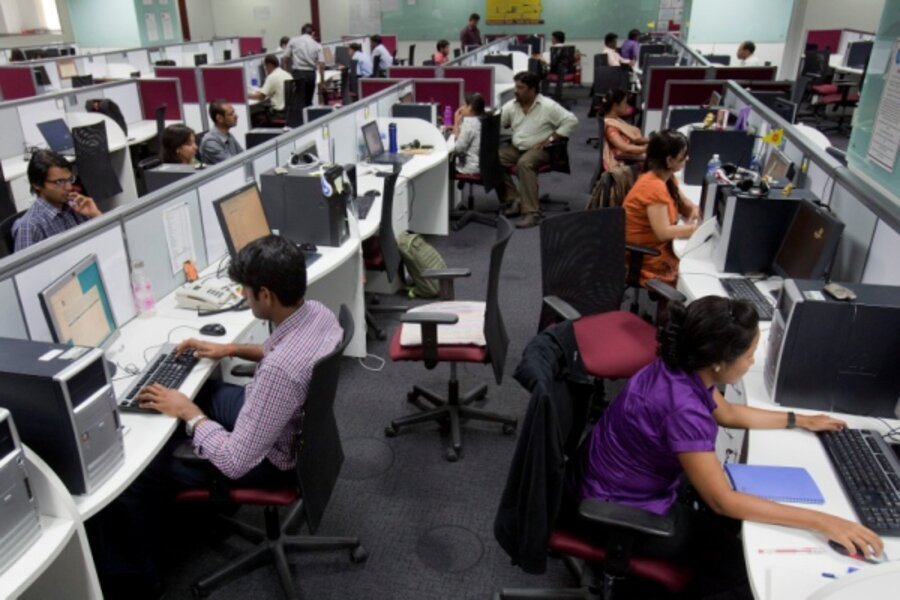Who will fuel Facebook's growth? India.
Loading...
India is set to overtake the U.S. as the world’s largest Facebook market by number of users as early as 2015, according to social media analysts, driven by growing internet penetration and high rates of growth in mobile connections.
“India could overtake the United States in the next three years. Last year, Facebook users in India doubled. Growth will be driven by mobile internet users in second- and third-tier cities,” Shalini Verma, Principal Research Analyst at Gartner told CNBC, noting that the U.S. market is saturated in terms of user numbers.
As Facebook’s third largest market, India is home to over 45 million users, behind Brazil and the United States with 47 and 157 million users, respectively, according to the latest data from Facebook's advertising platform.
With approximately 120 million internet users, India’s internet population is forecast to grow threefold to almost 400 million users by the end of 2015 to mid-2016, according to Suhale Kapoor, Executive Vice President at analytics and market research company AbsolutData. Kapoor says by that time, India will have surpassed the U.S. in terms of Facebook users.
With smartphone prices declining and data rates among the cheapest in the world, Kapoor believes the mobile platform will drive the growth in Facebook’s penetration in India.
Kapoor says smartphones in India cost as little as 5,000 rupees ($92) as prices have been falling steadily over the last 3-4 years, making it more affordable for middle class consumers. “There are daily data plans priced at 10-20 rupees (18-37 cents), this will be another driver of (Facebook) adoption, especially among students.”
Kapoor adds that India’s young demographic base means that there will also be an increasing number of Indian teenagers reaching “social media age”, or the minimum age required for signing up on social networks. In order to be eligible to sign up for Facebook, for example, a user must be 13 years of age.
Even though just 11 percent or 125 million Indians speak English, according to the most recent census data, Kapoor and Verma say language won’t be a hurdle for the company’s expansion.
“People in India write in a mix of both English and Hindi,” Verma said. Many Indians also write Hindi words using the roman script, rather than the traditional Devanagari script.
But Facebook is also trying to catch those who would like to use their local language to communicate. Last month, it announced the launch of the “Facebook for Every Phone” mobile application in seven local Indian languages — Gujarati, Tamil, Malayalam, Kannada, Punjabi, Bengali and Marathi, in addition to Hindi, which became available last year.
Not a Big Revenue Market
But for investors hoping to bet on this big growth in users, Prashant Agrawal, a principal in Boston Consulting Group in Mumbai says India won’t be able to match the U.S. in terms of revenue, given the country's much smaller advertising market.
Annual advertising spending in India is just $255 million, compared with around $158.9 billion for the U.S.
Kunal Sangoi analyst at Edelweiss Securities also points out that Internet advertising makes up just 3 percent of India’s ad market, compared to 17 percent in the U.S.
“Our discussions with industry players suggest Facebook earned revenues of $5-10 million from India in the fiscal year ending in March 31, 2011,” Sangoi said.
In some ways, India epitomizes the challenge facing Facebook across Asia, says Thomas Crampton, Asia-Pacific director of Social@Ogilvy, a unit of Ogilvy & Mather.
Facebook's average revenue per person in Asia is just $1.79, compared to $9.51 in North America, says Crampton. “The future for Facebook is finding a way to monetize all these people in terms of their revenue base.”








